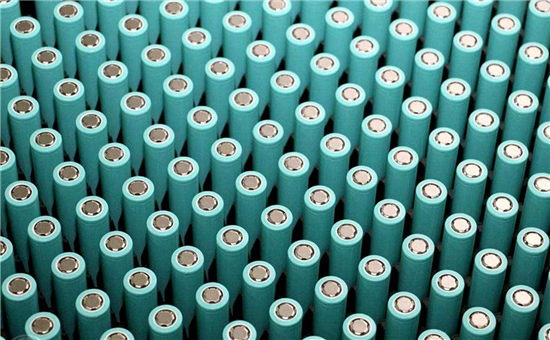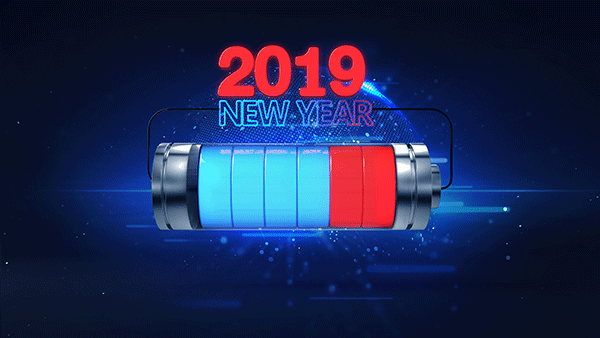How to Measure Lithium-ion Battery Capacity?
Nov 15, 2019 Pageview:6374
A lithium-ion battery/Li-ion battery is a rechargeable battery that commonly found in portable electronics like smartphones and electric vehicles. The amazing thing is that lithium-ion batteries are making a remarkable impact onspecial and military applications. There are several advantages of the lithium-ion battery over other battery technologies available on the market. This includes no memory effect, high energy density, and low self-discharge.
There is no doubt that these high-capacity batteries becoming a staple in electronics. That’s why you should have the basic idea of how to measure the capacity of the lithium-ion battery.
From smartphones to electric vehicles, every user has one concern and it is runtime. And system designers try to maximize runtime utilizing one of two ways - design the battery-powered system that consumes electricity more efficient so as to extend the battery life or maximize the amount of energy that is available to the battery-powered system. When it comes to maximizing the battery power, you can use a high-capacity smaller battery or a larger battery.
As today’s most battery-powered systems available are portable, size and weight are considerations. Therefore, a larger battery isn’t the solution. When it comes to building a battery, you need to build a one with high capacity.
So, let’s learn how lithium-ion battery capacity is measured -
How Lithium-ion Battery Capacity Is Measured?
A battery is made up of cells. Further, cells are placed in series to boost the available voltage or in parallel to boost the available current. Therefore, high-capacity batteries are made up of high-capacity cells.
The capacity of lithium-ion cells is measured in ampere-hours (Ah). 1 ampere-hour means you can draw an exact 1 ampere from your cell for 1 hour.
Therefore, ampere-hours is the result of amperes times hours. Similarly, one ampere-hour means that you can draw two amperes for half hours, or quarter for four hours.
In fact, Ah capacity is an evaluation of stored coulombs. If you look at units in ampere-hours, then you will realize that one ampere is one coulomb/second. Multiplying amperes X time will give you coulombs. With the specification one hour is equal to 3600 seconds; it means that one ampere-hour is 3600 ampere-seconds or 3600 coulombs/second X seconds, which is 3600 coulombs of stored charge in the Li-ion cell.
Keep in mind that you may determine the capacity of smaller cells in milliamp-hours (mAh). For instance, 18650 Li-ion cell will store approximately 3 Ah (or 3000 mAh).
Another way to determine cell capacity is in watt-hours (Wh), which is capacity and it is an evaluation of stored energy. If you look at units, then one watt means one joule/second. Multiplying watts X time will give you joules.
The typical way to describe or determine the capacity of Li-ion cells is their charge capacity (Ah). When it comes to measuring Ah capacity, you should begin with a fully charged cell. If we look at the most basic approach to measure the capacity of the cell, then it is drawing a constant current of X amperes until discharge. The cell is discharged when the voltage of the cell reaches the EODV (end of discharge voltage).
To do a practical measurement, you need to apply a fixed constant-current load of “X amperes” and begin a clock. When the voltage reaches the end of the discharge voltage, you need to stop the clock and let’s assume that it is T hours.
After then, multiplying the constant-current value of X amperes X T measured time will be a measured capacity - X * T Ah.
How Many Cells Are In A Lithium-ion Battery?
As we told earlier, the battery is made up of cells. And cells may be placed in parallel or series depending on the configuration. The simple answer to the question - how many cells are present in a lithium-ion battery is that it depends on the voltage. However, the maximum value is 12. There is no secret that lithium-based battery cells are great and there is a wide variety available on the market. When it comes to the most common battery cell for laptops, no one can beat the 18650 cell.
18650 cell is manufactured by many, which include private branded organizations as well as public ones like Sony, LG, Samsung, etc. It is a 3.6v cylindrical lithium-ion cell and has no memory effect. It is lightweight and comes with a high energy density.
Some manufacturers may go for 3.6V and some go for 3.7V. When it comes to the laptop battery with 10.8V, the nominal voltage considered is 3.6V. Therefore, dividing 10.8v by 3.6v will give 3 cells placed in series. If the capacity of the battery is 8800 mAh, then dividing the capacity by 2200 mAh i.e. the nominal capacity will give you 4 cells in parallel.
Thus, you have three cells in series X four ones in parallel equals to twelve cells, overall.
What Is A Quick Way to Measure The Capacity Of A Lithium-ion Battery?
Well, there is no quick way to determine the lithium-ion battery capacity. The capacity is generally marked on the battery and that’s the way to measure when it’s new. As the components in the battery are utilized up, the voltage will reduce slightly. As the battery eventually reaches the end of the service life, the current and voltage will drop off. As the discharge curve of such a battery is rather flat, determining the leftover capacity by determining the voltage is challenging. However, you should give a try to the way mentioned above in the post.
You can also take advantage of Li-ion battery testing equipment available on the market for the accurate way of measuring the battery capacity.
- Prev Article: How To Make Lithium Battery?
- Next Article: Best 18650 Lithium ion Battery 2019, 18650 Guide
Leave Message
Hottest Categories
-
Hottest Industry News
-
Latest Industry News













